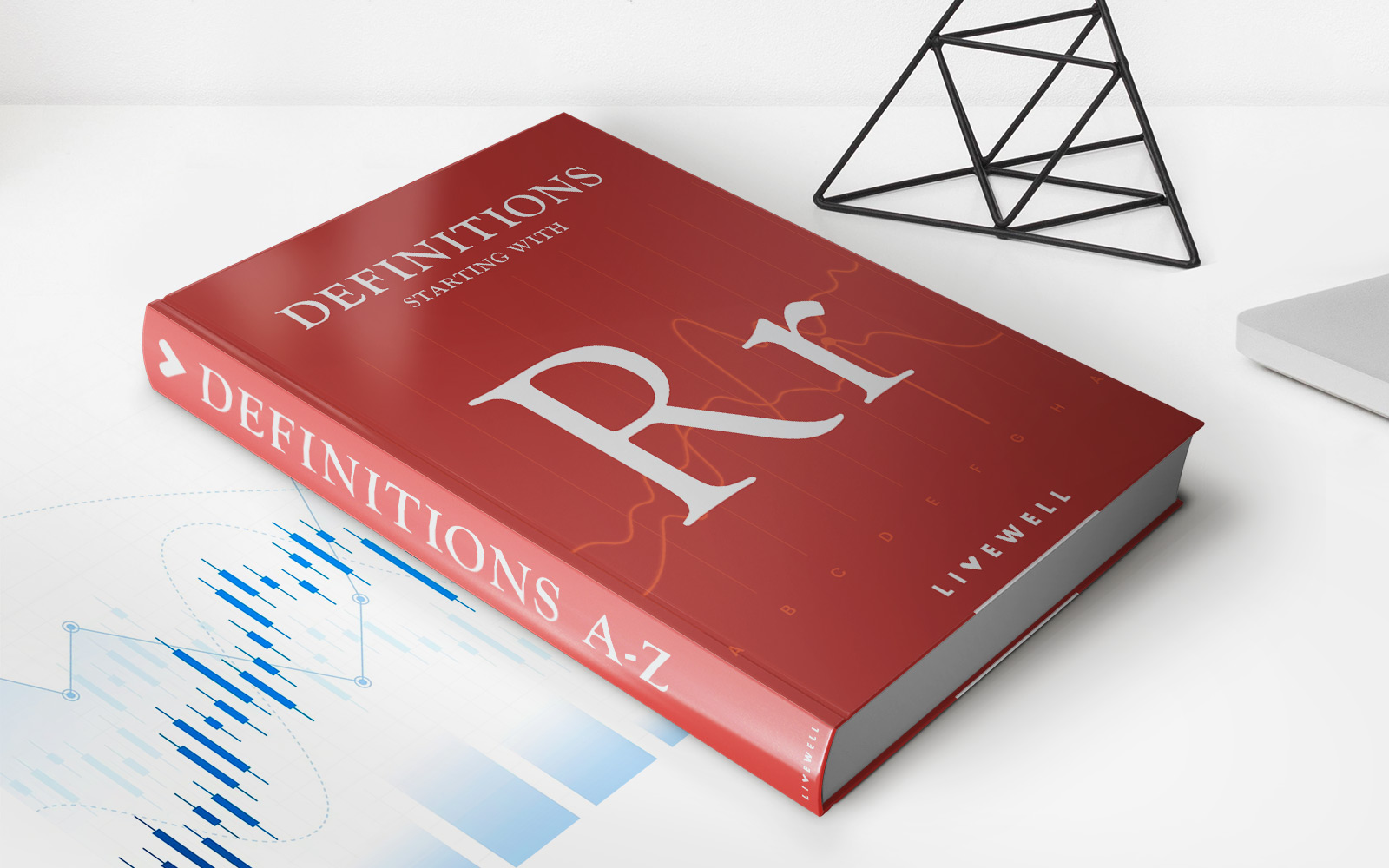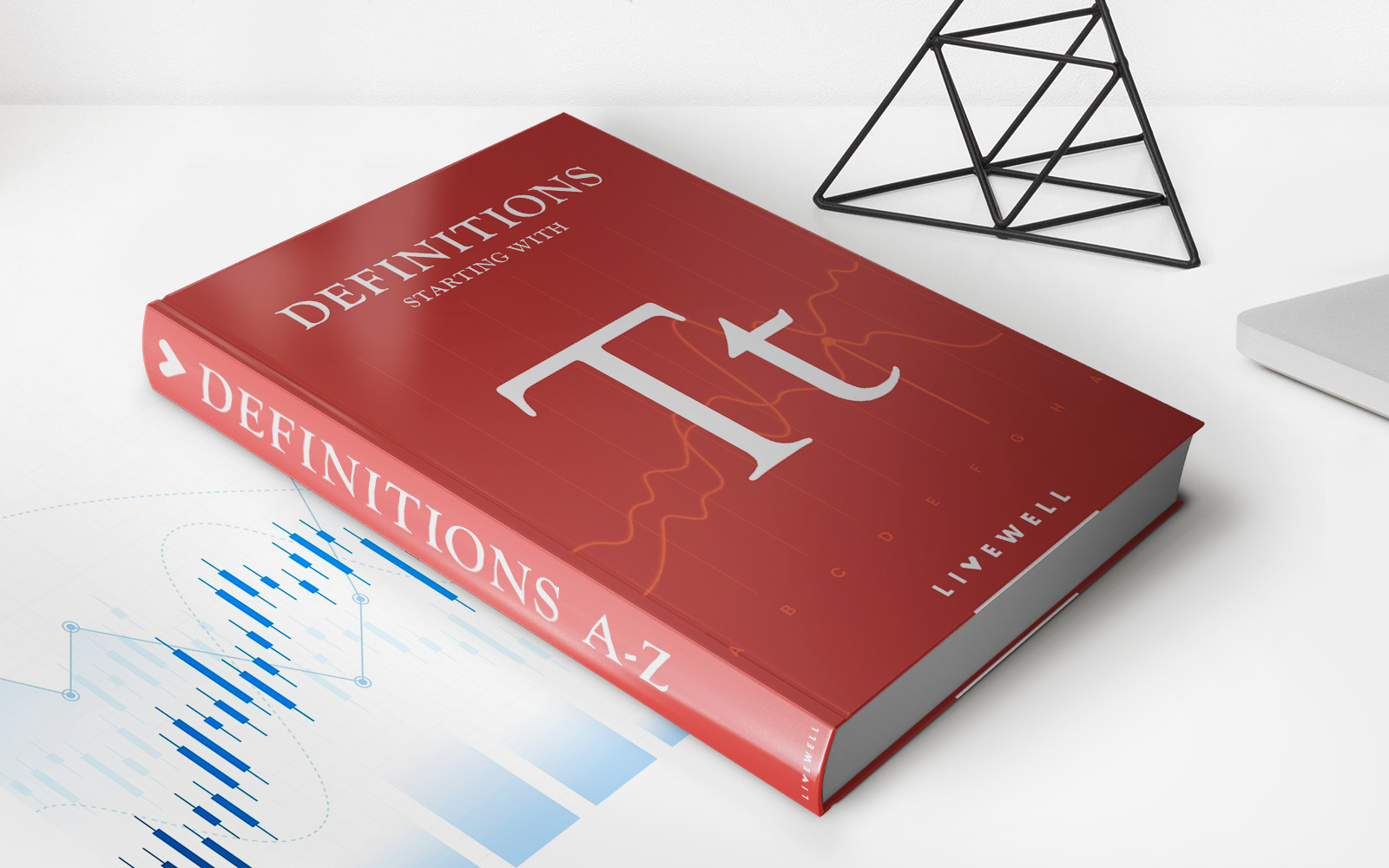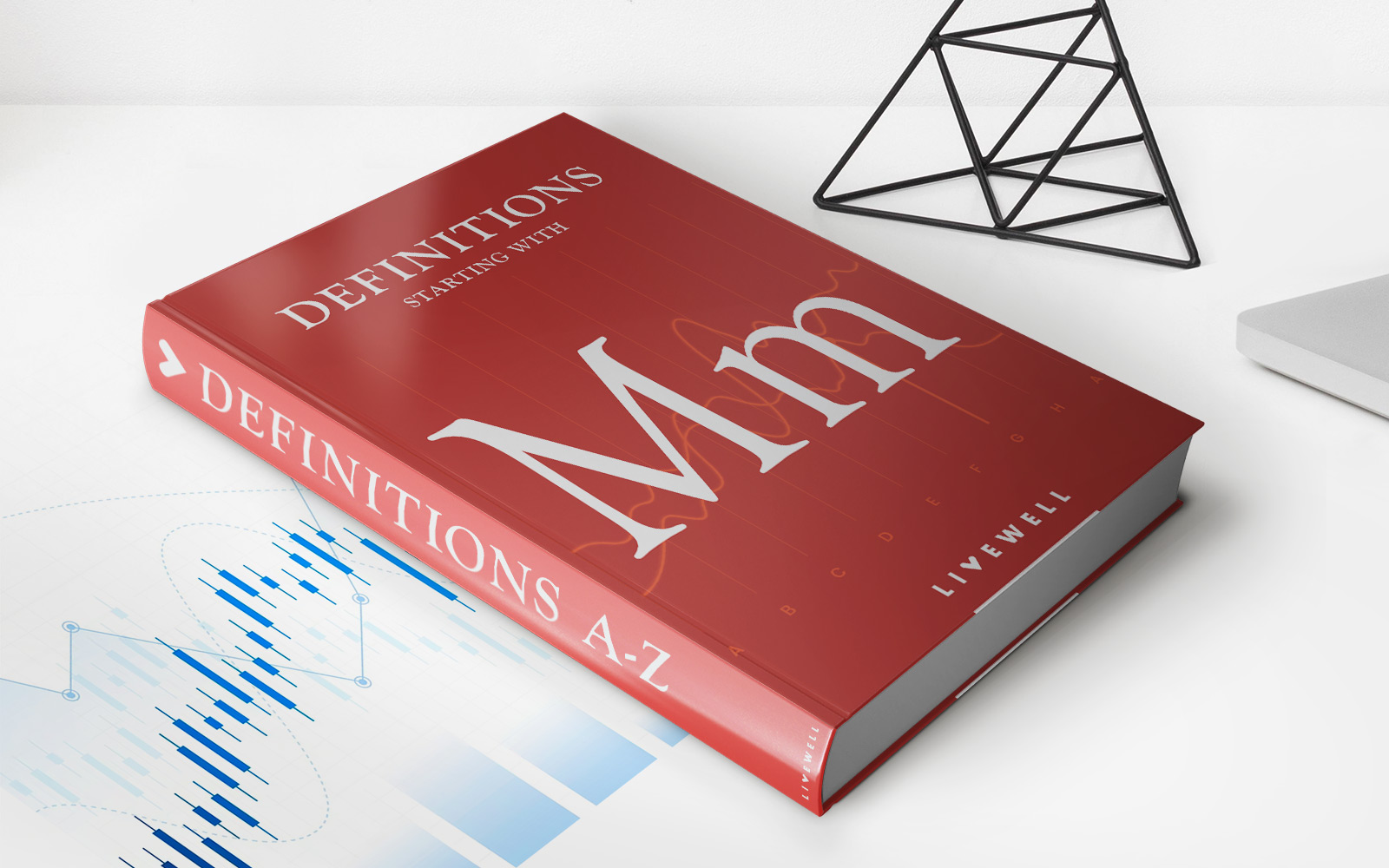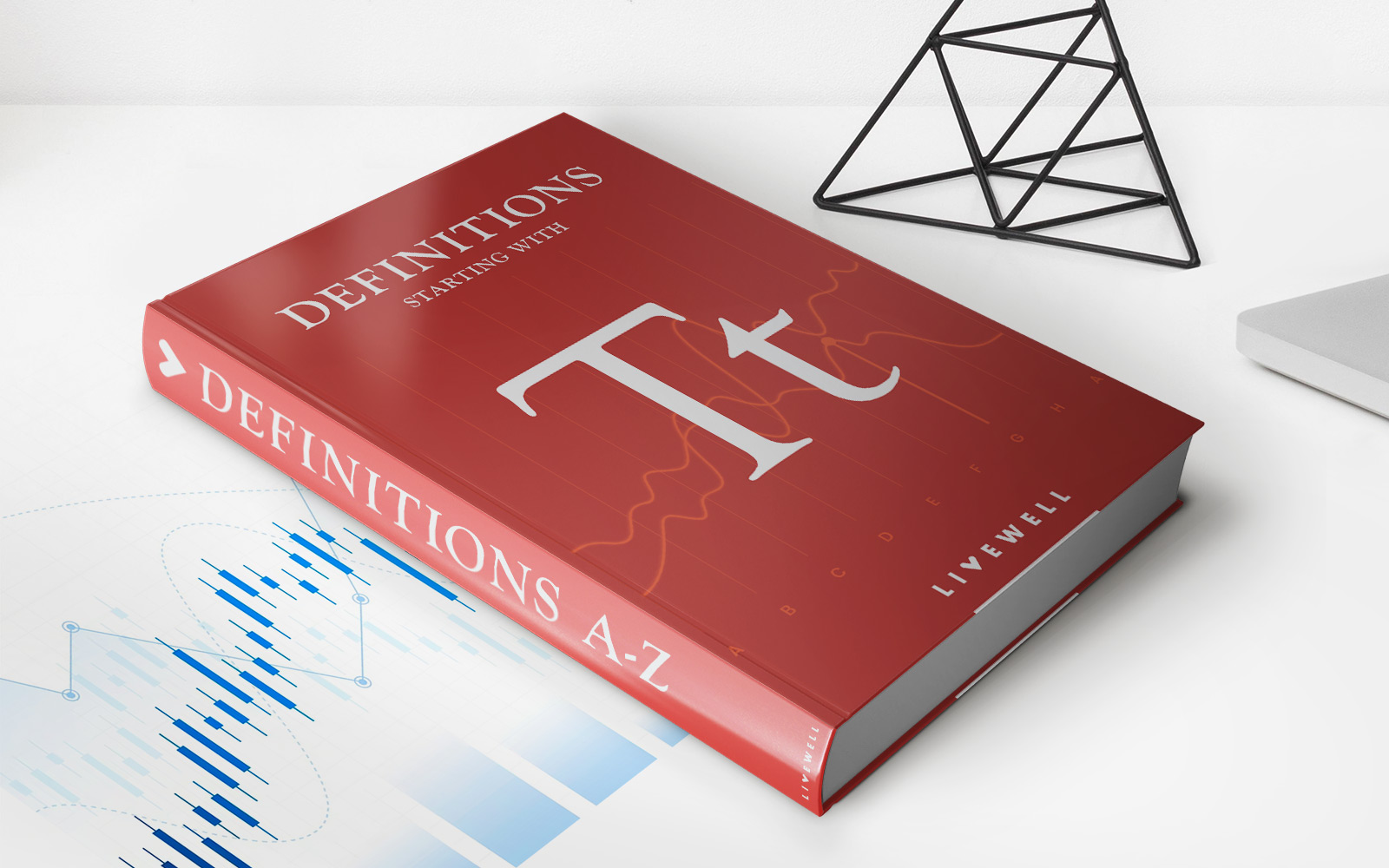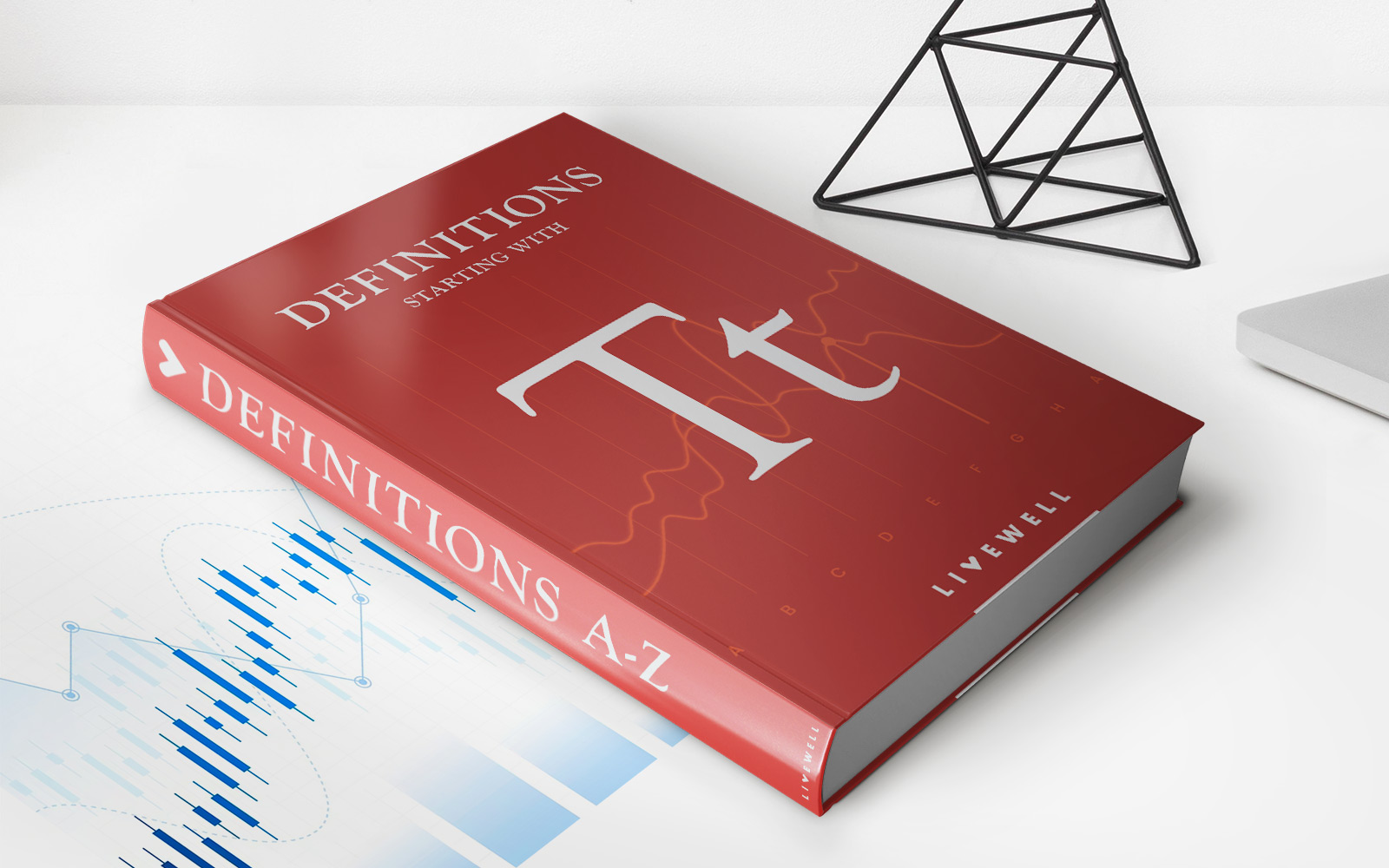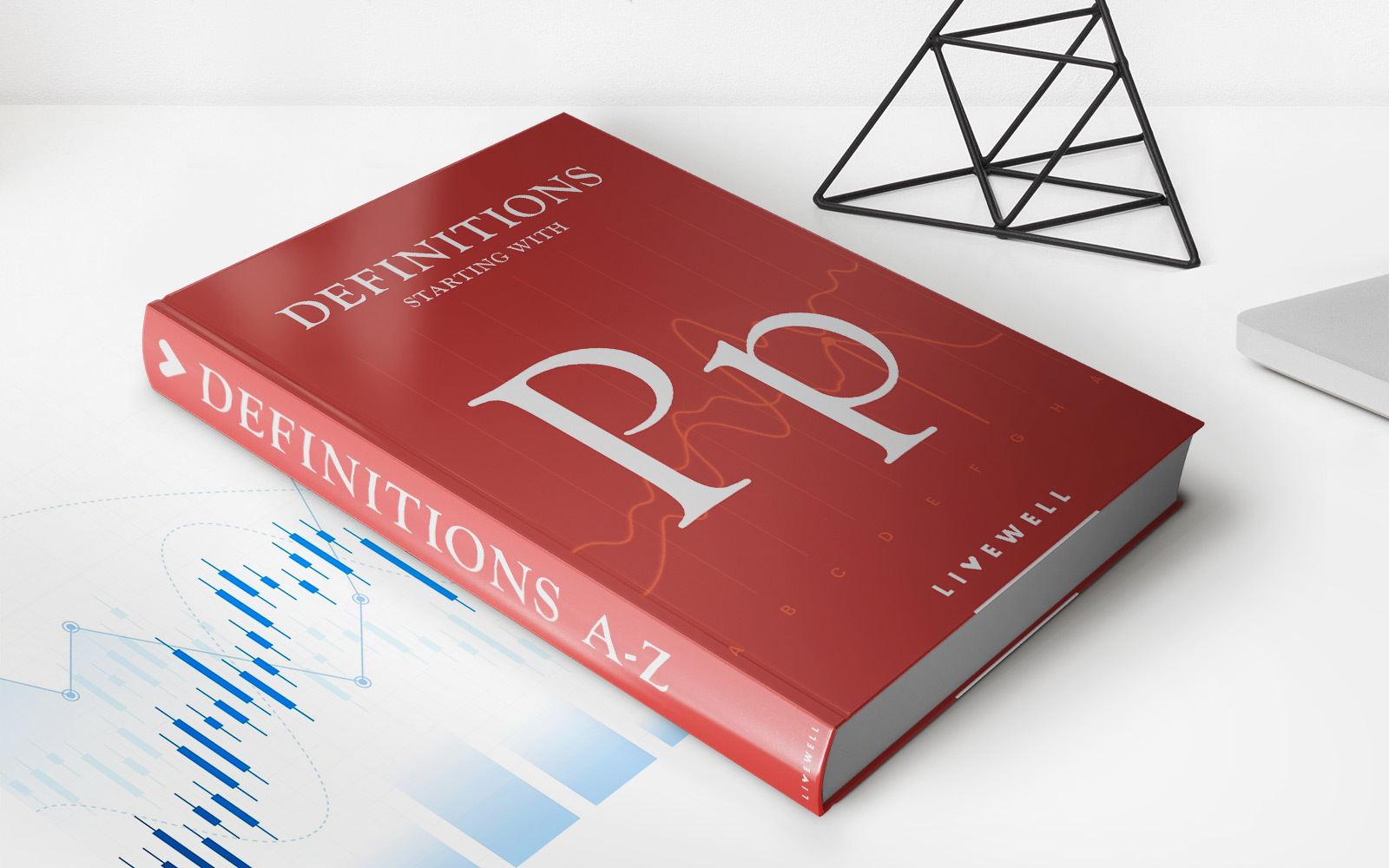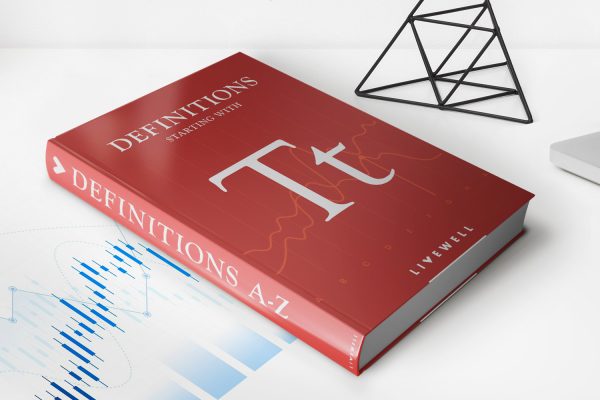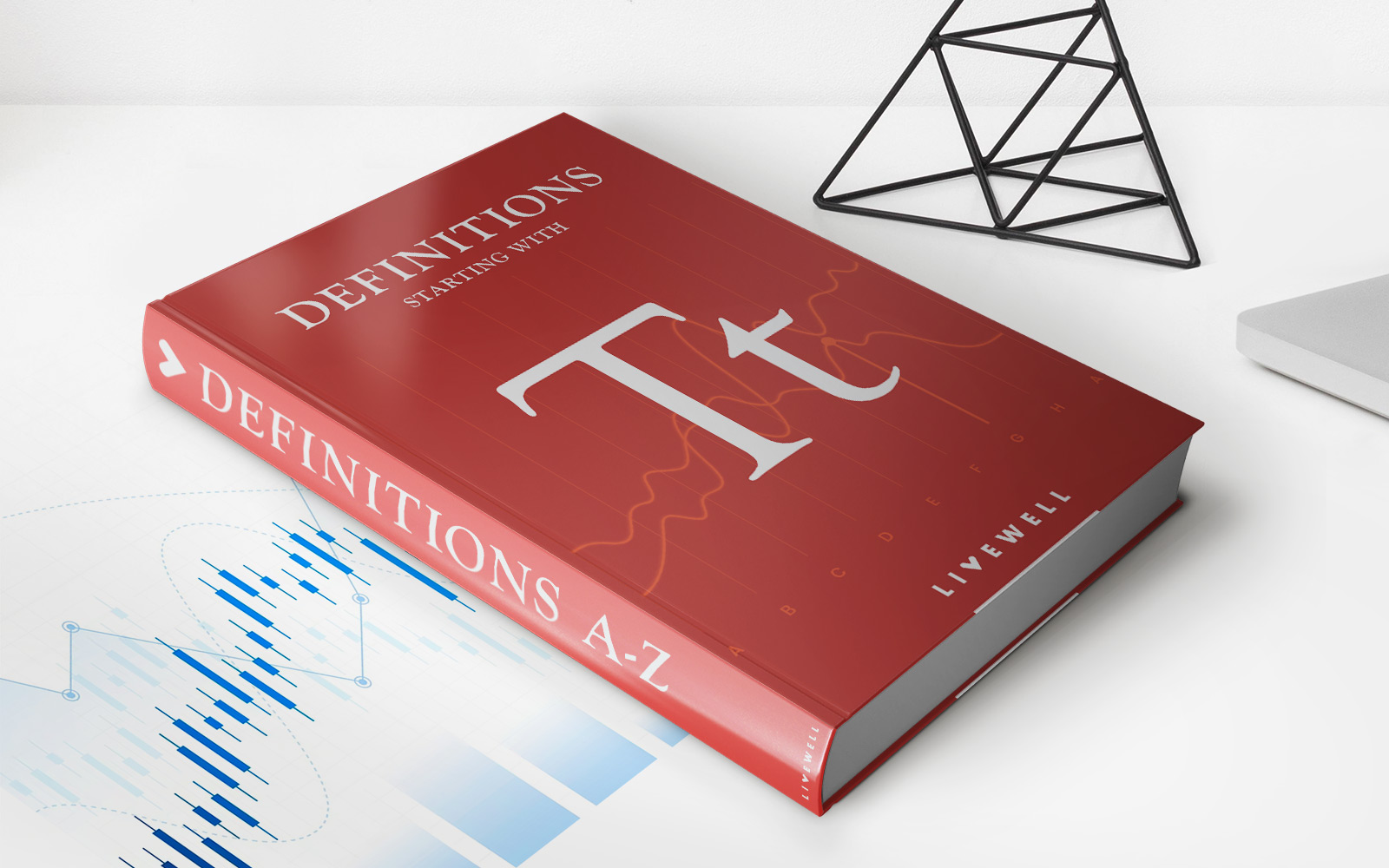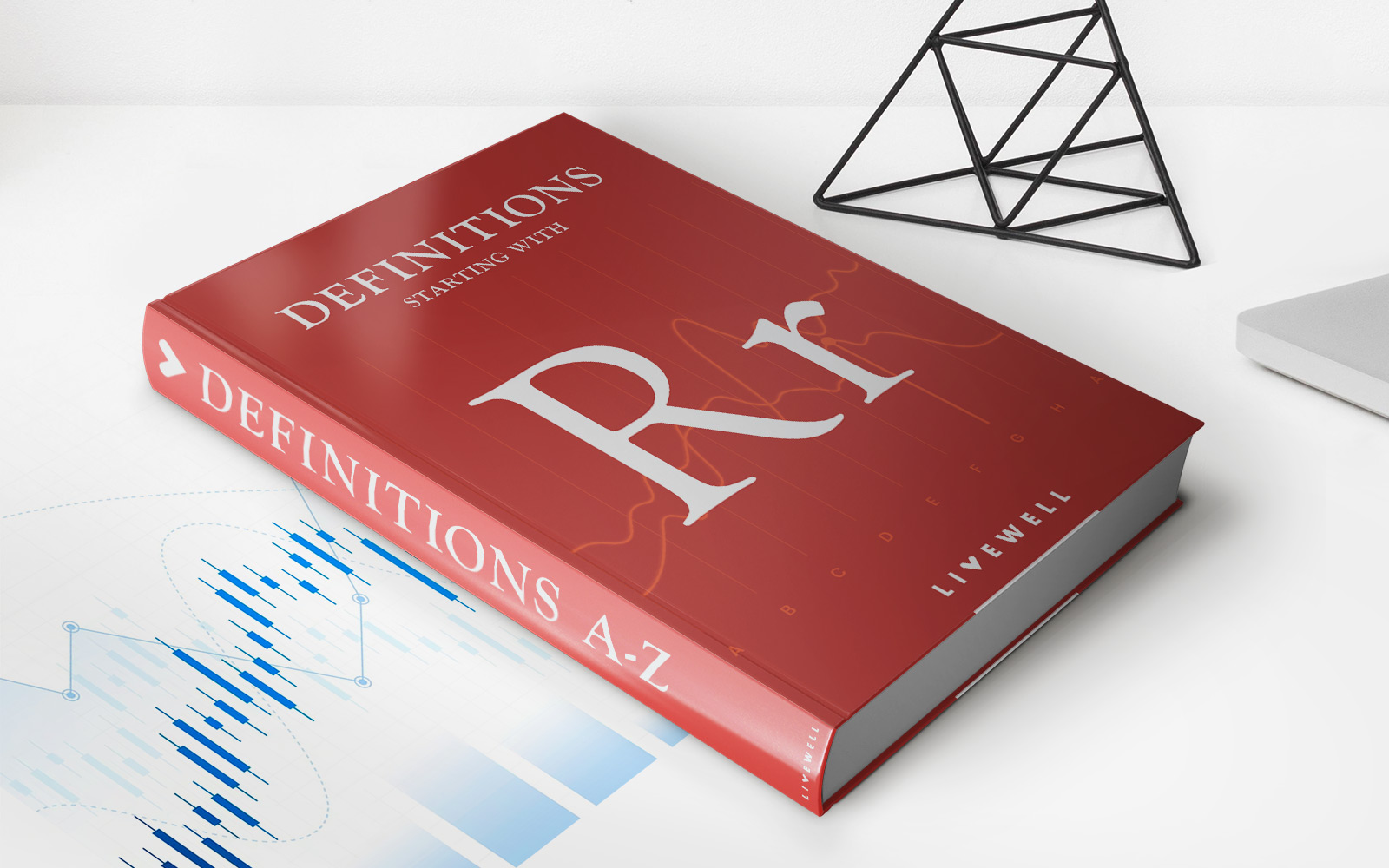

Finance
Ring Trading Definition
Published: January 21, 2024
Learn the meaning of ring trading in finance and how it impacts financial markets. Discover the key features and benefits of this trading method.
(Many of the links in this article redirect to a specific reviewed product. Your purchase of these products through affiliate links helps to generate commission for LiveWell, at no extra cost. Learn more)
Ring Trading Definition: What You Need to Know
Welcome to our “Finance” category blog post! In today’s article, we will take a deep dive into the world of ring trading. If you’ve ever wondered what ring trading is all about or simply want to enhance your knowledge of finance, you’re in the right place!
Key Takeaways:
- Ring trading is a method of trading securities in an open-outcry system, where traders physically gather in a designated area known as the “trading ring”.
- This traditional form of trading allows for face-to-face interactions and can provide valuable insights into market sentiment and trading dynamics.
Now, let’s explore the definition, history, and advantages of ring trading in more detail.
What is Ring Trading?
Ring trading, also known as open outcry trading, is a method of buying and selling stocks, bonds, options, and other securities in a physical trading environment. Unlike electronic trading platforms where transactions are done digitally, ring trading involves traders gathering in a designated area or “ring” to conduct their trades. This method is typically utilized in larger stock exchanges or commodities markets.
Trading rings are often located in the heart of an exchange, and they serve as a central meeting point for brokers, traders, and market makers. The ring is usually an open space with several trading posts or stations, each representing a specific security or financial instrument.
A Brief History of Ring Trading
Ring trading dates back to the early days of financial markets when telecommunication technologies were limited or non-existent. It was the primary method of trading in exchanges worldwide. Traders would shout, use hand gestures, and even use colored jackets or flags to communicate their intent to buy or sell.
While the advent of electronic trading in the late 20th century revolutionized the financial industry, ring trading still holds its ground in certain exchanges. In fact, many traders appreciate the human element and direct interaction that ring trading offers, as it can provide valuable insights into market sentiment and trading dynamics.
The Advantages of Ring Trading
Here are some key advantages of ring trading:
- Transparency: In the trading ring, traders can witness the entire process firsthand, including the bids, offers, and executions. This transparency can enhance trust and confidence in the market.
- Price Discovery: The face-to-face nature of ring trading allows for real-time price discovery. Traders can observe and gauge market sentiment, contributing to more accurate pricing.
- Market Control: Ring trading ensures that large trades do not significantly impact the market. Traders must follow established rules and protocols, preventing excessive price volatility or disruptions.
- Market Networking: The trading ring provides an environment for traders to network, build relationships, and gain insights from fellow participants, leading to a better understanding of the market.
While electronic trading dominates most financial markets today, ring trading continues to play a role, particularly in exchanges where it offers unique advantages.
Conclusion
In the ever-evolving world of finance, ring trading remains a testament to the historical origins and enduring human elements of trading. The physical interactions and real-time market dynamics make it an intriguing and valuable method that coexists alongside electronic trading platforms.
So the next time you come across the term “ring trading,” you’ll know precisely what it entails and what advantages it brings to the table. Stay tuned for more informative content on our “Finance” category blog section!

